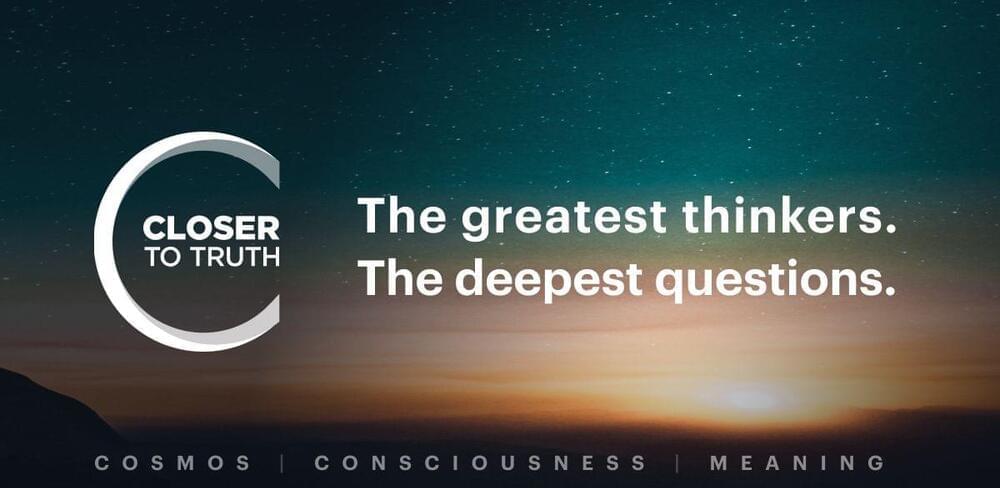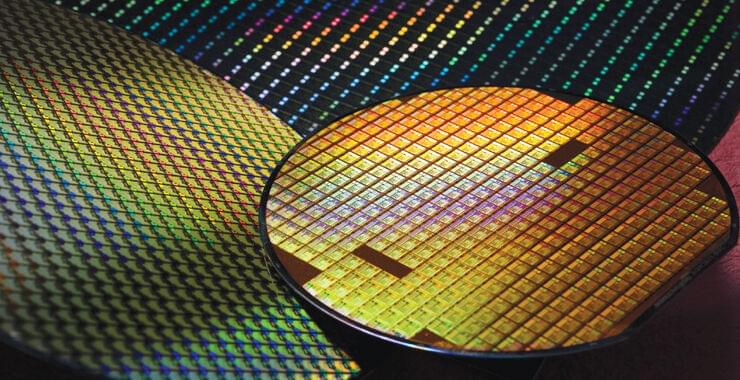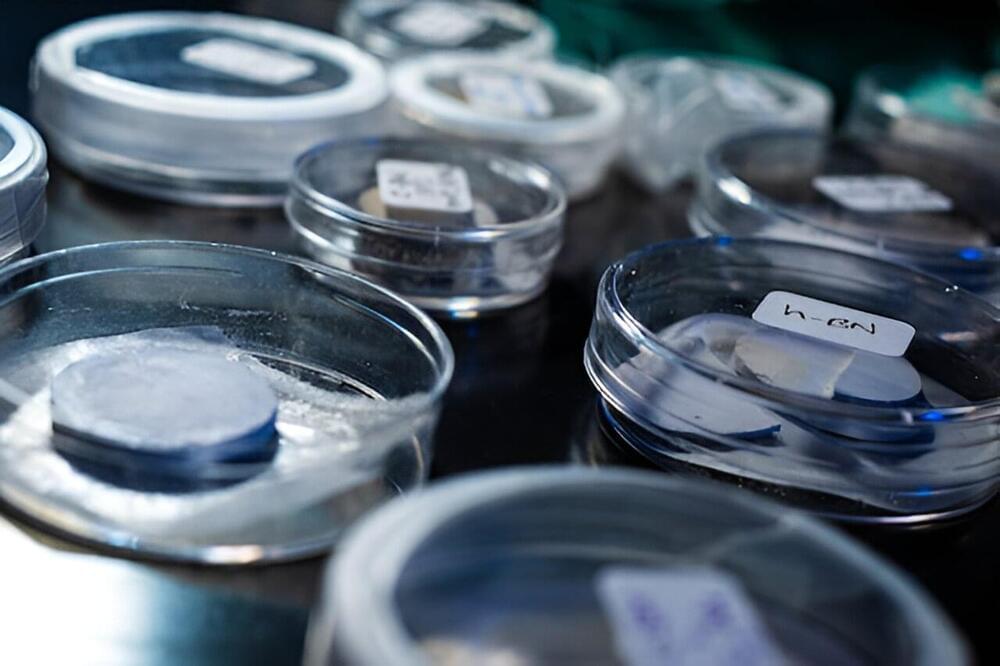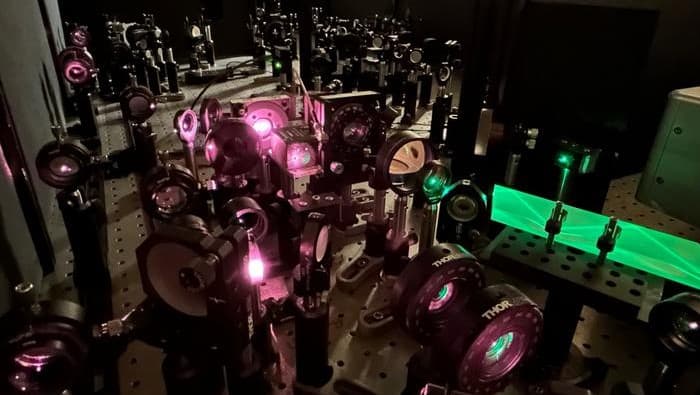For the first time ever, research scientists at the Massachusetts Institute of Technology (MIT) with the Institute for Soldier Technologies have demonstrated a level of control over the phenomenon known as quantum randomness.
If perfected, controlling quantum randomness could lead to a number of scientific breakthroughs, including the ability to perform previously impossible probabilistic quantum computing and advanced field sensing technologies.
Are Vacuum Fluctuations in the Quantum World Uncontrollable?






